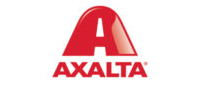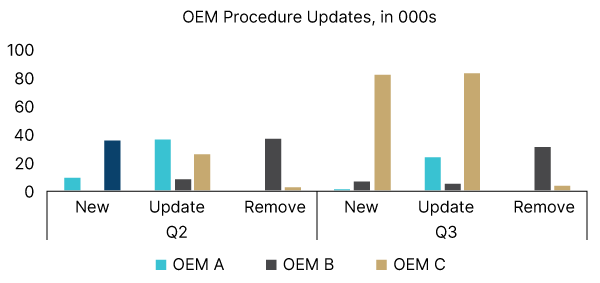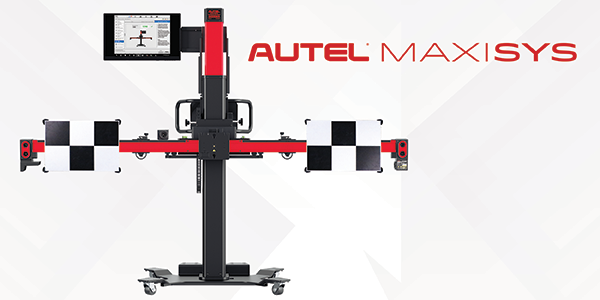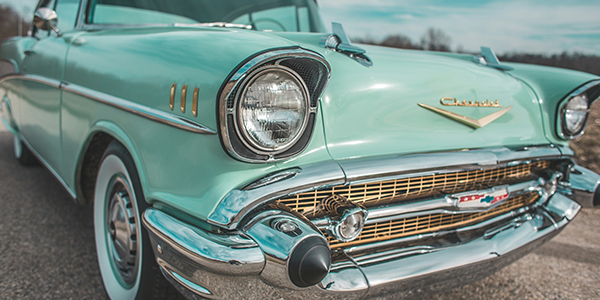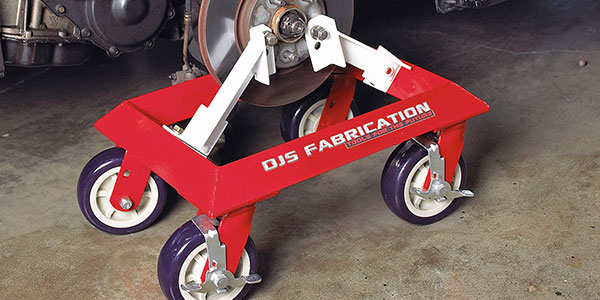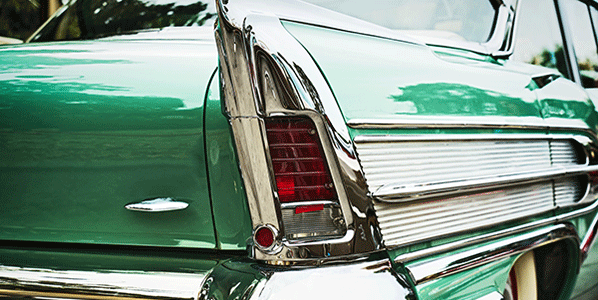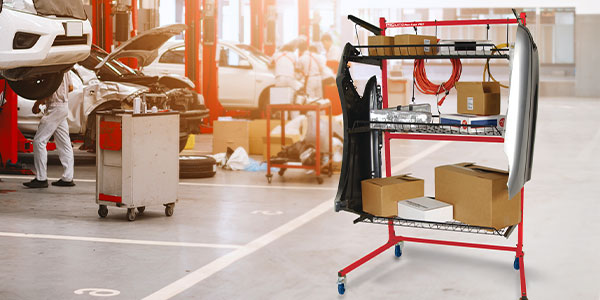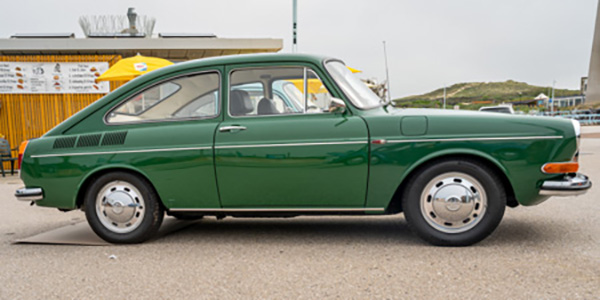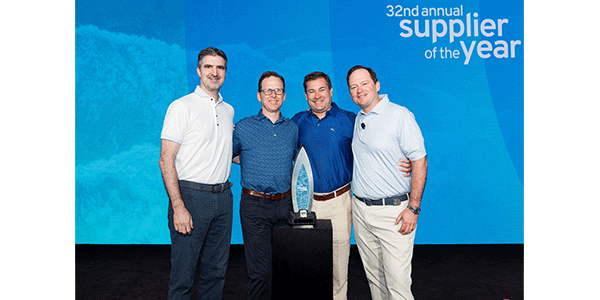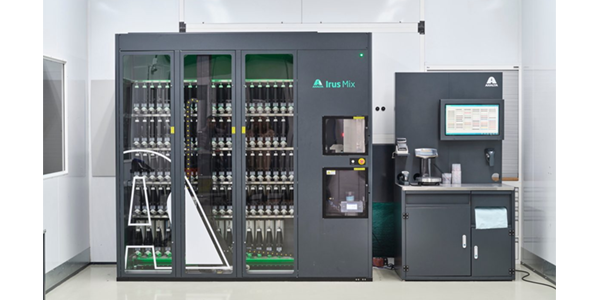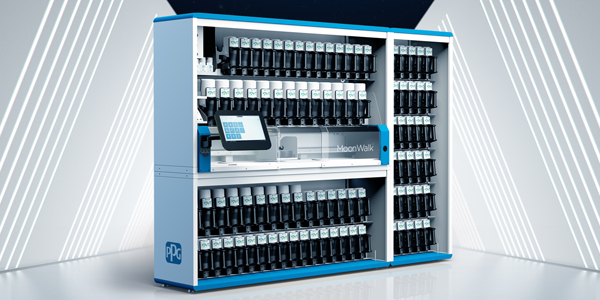One of the challenges we face every day is how can we be more competitive in the marketplace. Collision Centers must be efficient and profitable if they want to remain in the game long term. It is critical that we identify the steps to becoming more efficient by using less to make more money.
Step 1
Understand what you have in stock. Take inventory and try to simplify in any way possible. One example is understanding how many grades of sandpaper you have. There shouldn’t be any reason, for example, to have P500 and P600 grade paper. By consolidating down to one grade, you will save inventory costs, create more organization, and cause less confusion.
Step 2
Create an SOP (Standard Operating Procedure) with your paint and abrasives suppliers to have a standard process for each step. When everyone is following the same process, there is more consistent high-quality work with less defects. The most expensive mistake is rework. Not only do you have to repeat the work, but you also delay work from being completed on the next job.
Step 3
Group your jobs together whenever possible. If you prime, seal or clear multiple RO’s (Repair Order) at once, the materials only need to be mixed once, the spray gun is only cleaned once, and there is only one set amount of waste. Time and material savings can be made here.
Step 4
Make sure you are using the proper additives such as hardeners and reducers. This will enable you to apply the proper amount of paint. Using additives with a speed that is too fast may create a situation where you need to slow down during application and apply more material than necessary.
Step 5
Check your equipment. Use the correct spray gun, not just your favorite. People tend to find a spray gun they like and use it for everything. Using the correct or approved spray gun and setup will create the best spray appearance and will also apply the correct amount of film thickness for coverage and appearance.
Be sure to adjust your booth in the wintertime when using waterborne paint. In low temperatures, the humidity is naturally very low. Lower your booth temperature to allow the waterborne paint to stay wet during application. This will save paint material and help you to apply the correct amount. Once the coating is applied, the booth temperature can be raised for the flash off.
Step 6
Minimize overlap areas whenever possible. Not the overlap from one pass to the next, but the overlap from one section to the next. Most people will choose to paint panel by panel when painting or applying clear. Each time the spray gun stops, the overlap area has possibly double the paint. Choose to spray as far as you can reach instead of painting panel by panel. This will minimize the overlap zones and possibly save paint and clear.
By following the steps above, time and material savings will help drive shop profitability and performance.
Sponsored by Axalta.


